

Articles
How To Store Winter Tires
Modified: January 6, 2024
Learn the best methods for storing winter tires in this informative article. Keep your tires in top condition and maximize their lifespan.
(Many of the links in this article redirect to a specific reviewed product. Your purchase of these products through affiliate links helps to generate commission for Storables.com, at no extra cost. Learn more)
Introduction
As the colder months approach, it’s time to start thinking about preparing your vehicle for winter driving conditions. One essential aspect of this preparation is storing your winter tires properly. Storing your winter tires correctly ensures their longevity, performance, and safety when you need them again next winter.
Winter tires are specifically designed to provide enhanced traction and grip on snow and ice-covered roads. Their specialized rubber compounds and unique tread patterns provide improved handling and braking capabilities in winter conditions. However, to maintain their effectiveness and extend their lifespan, it’s crucial to store them correctly during the off-season.
In this article, we will guide you through the process of storing your winter tires to ensure they remain in optimal condition until it’s time to use them again. We’ll cover topics such as choosing the right storage method, cleaning and inspecting the tires, deflating them properly, deciding between indoor and outdoor storage, using tire covers, storing tires on rims, and the option of storing them in a tire hotel. We’ll also provide some tips for long-term storage.
By following these guidelines, you’ll be able to safeguard your investment and guarantee that your winter tires are ready to provide peak performance when the cold weather returns.
Key Takeaways:
- Properly storing winter tires prolongs their lifespan, saves money, and ensures optimal performance and safety on winter roads. Choose the right storage method, clean and inspect tires, and consider tire covers for protection.
- Consider storing tires on rims, utilizing a tire hotel for professional storage, and following tips for long-term storage to maintain tire quality. By implementing these practices, your winter tires will be ready for peak performance and safety.
Read more: How To Store Tires
Why Store Winter Tires
Storing your winter tires properly during the off-season offers several benefits. Let’s take a look at why it’s important to store your winter tires:
- Prolonged Tire Lifespan: Storing your winter tires in the correct conditions helps prevent premature wear and damage. Exposure to extreme temperatures, sunlight, and moisture can degrade the rubber compounds and weaken the tire structure. By storing them properly, you can extend their lifespan and get more use out of them.
- Cost Savings: Winter tires are an investment, and proper storage ensures that you can use them for multiple seasons. By taking care of your tires during the off-season, you avoid unnecessary expenses of replacing them prematurely.
- Optimal Performance: Storing your winter tires properly allows them to maintain their performance capabilities. Tires that are exposed to improper storage conditions may suffer from flat spots, sidewall damage, or uneven wear, which can affect their traction and handling on the road.
- Safety: Winter tires are designed to provide superior traction on icy, snowy, or wet roads. By storing them correctly, you ensure that they will be in good condition and ready to perform when you need them most. Worn-out or damaged tires can compromise your safety and increase the risk of accidents.
- Convenience: Storing your winter tires properly makes the transition between seasons smoother. When it’s time to install them again, you’ll have peace of mind knowing that your tires are in good condition, properly stored, and ready for use. This saves you time and effort compared to searching for new tires or dealing with repairs.
Now that you understand the importance of storing your winter tires correctly, let’s explore the various methods and steps for proper storage.
Choosing the Right Storage Method
When it comes to storing your winter tires, it’s essential to choose the right storage method that suits your needs and space availability. Here are a few options to consider:
- Garage or Basement: Storing your winter tires indoors, such as in a garage or basement, is generally the most optimal method. These areas provide protection from extreme temperature fluctuations and exposure to sunlight, which can degrade the rubber. Additionally, indoor storage keeps the tires away from potential damage caused by animals or vandalism.
- Shed or Storage Unit: If you don’t have indoor storage space available, an outdoor shed or rented storage unit can be a viable option. Make sure the storage area is well-ventilated, free from moisture, and protected from direct sunlight.
- Tire Hotel: Some tire retailers and service centers offer tire storage services known as “tire hotels.” These facilities provide specialized storage conditions for your tires, including temperature and humidity control, protecting them from the elements and ensuring optimal storage conditions. This option is convenient for those who prefer not to store tires at home.
Consider your specific circumstances and choose the storage method that best suits your needs. Now that you’ve decided on a storage location, it’s time to proceed with the necessary preparation steps before storing your winter tires.
Clean and Inspect the Tires
Before storing your winter tires, it’s essential to clean and inspect them thoroughly. Here’s a step-by-step guide to help you through the process:
- Remove the tires: Start by removing the winter tires from your vehicle. If you’re not comfortable doing this yourself, it’s recommended to have a professional handle the tire removal.
- Clean the tires: Use a mild soap or tire cleaner, along with a soft brush, to clean the tires. Pay attention to removing any dirt, salt, or debris from the treads and sidewalls. Ensure that you clean both the inner and outer surfaces of the tires.
- Inspect for damage: Once the tires are clean, carefully inspect them for any signs of damage or wear. Look for cuts, bulges, tread separation, or any other abnormalities. It’s crucial to address any issues before storing the tires to prevent further damage and ensure safety when reusing them.
- Repair or replace if necessary: If you notice any significant damage or excessive wear, it’s advisable to have the tires repaired or replaced before storing them. Consult a professional tire service center for proper assessment and recommendations.
- Dry the tires: After cleaning and inspecting, allow the tires to air dry completely before storing them. Moisture trapped between the tire surfaces can lead to mold or mildew growth over time.
By cleaning and inspecting your winter tires before storage, you ensure that they are in the best possible condition for the next winter season. Next, we’ll discuss the importance of properly deflating the tires before storing them.
Properly Deflate the Tires
Before storing your winter tires, it’s crucial to properly deflate them to prevent damage and maintain their shape. Here are the steps to follow:
- Check the recommended tire pressure: Refer to your vehicle’s manual or the tire manufacturer’s guidelines to determine the recommended tire pressure for storage. It’s important not to overinflate or underinflate the tires during this process.
- Use a tire pressure gauge: Use a reliable tire pressure gauge to measure the current pressure in the tires. Compare it to the recommended pressure, and if the tires are overinflated, release air until they reach the appropriate level.
- Deflate gradually: It’s essential to release air gradually to avoid sudden changes in tire pressure. Overinflated tires can put excess pressure on the sidewalls, leading to damage or deformation over time. Slowly deflate the tires in small increments, monitoring the pressure as you go.
- Recheck the pressure: Once you’ve reached the recommended tire pressure, recheck it using the tire pressure gauge. Ensure that all tires are at the same pressure level for consistency.
Properly deflating your winter tires helps to maintain their shape and prevent excessive pressure on the sidewalls during storage. This step is crucial to ensure that the tires are ready for use when you need them again. For the next section, we’ll discuss the pros and cons of storing your tires indoors or outdoors.
Read more: How To Store Bike Tires
Decide on Indoor or Outdoor Storage
When it comes to storing your winter tires, one of the important decisions you’ll need to make is whether to store them indoors or outdoors. Here are some factors to consider when making this decision:
- Protection from the elements: Storing your tires indoors provides better protection against the elements. Exposure to extreme temperatures, sunlight, rain, and snow can degrade the rubber and impact the overall quality and performance of the tires. If you have the option, choosing indoor storage can help prolong the lifespan of your winter tires.
- Space availability: Indoor storage may not always be feasible due to space limitations. If you have limited storage space in your garage or basement, you might need to consider storing your tires outdoors. In such cases, proper precautions can still be taken to minimize potential damage.
- Security: Storing your tires indoors offers better security against theft or vandalism. It is generally safer to store your tires in a locked garage or basement, reducing the risk of unauthorized access. If you choose to store them outdoors, make sure the area is secure or consider using additional security measures.
- Convenience: Storing your winter tires indoors can be more convenient when it comes to accessing them for installation. You won’t need to worry about moving obstacles or dealing with unfavorable weather conditions to retrieve your tires. On the other hand, outdoor storage may require more effort and planning during the tire changeover process.
- Air circulation and moisture: Indoor storage usually provides better air circulation and protection against moisture compared to outdoor storage. Excessive moisture can lead to mold or mildew growth on the tires, potentially causing damage. If outdoor storage is your only option, ensure that the tires are stored in a well-ventilated area and protected from moisture as much as possible.
Consider these factors carefully to make an informed decision on whether to store your winter tires indoors or outdoors. The next sections will delve into the best practices for storing tires in each respective location.
Storing Tires Indoors
If you have the option, storing your winter tires indoors is generally the preferred method. Here are some best practices for indoor tire storage:
- Clean and dry tires: Before storing your tires indoors, make sure they are clean and dry. Any dirt or moisture left on the tires can cause damage or promote mold growth during storage.
- Use tire storage bags or wrap: Consider using tire storage bags or wrapping the tires in plastic or large garbage bags. This helps to keep the tires protected from dust, moisture, and potential contact with other objects during storage.
- Store upright or stacked: Depending on the space available, you can store your tires upright or stack them. If you choose to stack them, place a piece of cardboard or a tire rack between each tire to prevent them from rubbing against each other.
- Avoid direct contact with concrete: Direct contact with concrete floors can cause moisture to seep into the tires. To prevent this, use tire racks or place a protective barrier, like a pallet or rubber mat, between the tires and the floor.
- Maintain proper temperature and humidity: Ideally, store your tires in a cool, dry, and well-ventilated area. Extreme temperature fluctuations and high humidity can potentially damage the rubber compounds and degrade tire quality. Avoid storing tires near sources of heat, such as radiators or furnaces.
- Rotate the tires: If you plan to store your tires for an extended period, consider rotating them every few months. This helps to prevent flat spots from forming on the tires due to prolonged immobility.
- Check the tires periodically: During the storage period, it’s a good idea to check on your tires occasionally. Look for any signs of damage, mold, or unusual odors. Monitoring their condition ensures that any issues are addressed promptly.
By following these guidelines, you can ensure that your winter tires are stored in optimal conditions indoors, maximizing their lifespan and performance when it’s time to use them again. In the next section, we’ll explore the considerations and precautions for storing tires outdoors.
Store winter tires in a cool, dry, and dark place away from direct sunlight and sources of heat. Keep them away from chemicals and solvents to prevent damage. Consider using tire storage bags to protect them from moisture and dust.
Storing Tires Outdoors
If indoor storage is not available, storing your winter tires outdoors is still a viable option with proper precautions. Here are some considerations for outdoor tire storage:
- Clean and dry the tires: Before storing your tires outdoors, ensure that they are thoroughly cleaned and dried. Remove any dirt, debris, or moisture from the tires to prevent potential damage during storage.
- Elevate the tires: To protect your tires from direct contact with the ground, it is advisable to elevate them off the floor. Use tire racks, pallets, or wooden blocks to create an elevated platform for the tires.
- Protect from sunlight: Sunlight can cause the rubber to degrade over time. If possible, store your tires in a shaded area or use tire covers to shield them from direct sunlight exposure.
- Consider tire covers: Using tire covers can provide an extra layer of protection from dust, moisture, and UV rays. Ensure that the tire covers are secure and tightly fitted to minimize the risk of water penetration.
- Anchor the covers: If you expect strong winds or inclement weather, it’s important to secure the tire covers with bungee cords or straps to prevent them from blowing off. This helps to keep the tires protected and in place during adverse conditions.
- Check for water accumulation: Regularly inspect the area where you store your outdoor tires for any water accumulation. Ensure that it is well-drained and does not collect rainwater, as prolonged exposure to water can cause damage to the tires.
- Rotate the tires: Similar to indoor storage, consider rotating the tires every few months to prevent flat spots from forming due to prolonged immobility.
- Monitor the tires: While storing your tires outdoors, periodically check their condition for any signs of damage or wear. Address any issues promptly to prevent further deterioration.
By taking these precautions, you can store your winter tires outdoors more securely, minimizing potential damage and ensuring their usability when you need them again. In the next section, we’ll discuss the option of using tire covers for additional protection.
Using Tire Covers
Using tire covers can provide an extra layer of protection for your winter tires during storage, whether you store them indoors or outdoors. Here are some benefits and guidelines for using tire covers:
- Protection against dust and debris: Tire covers help shield your tires from dust, dirt, and other debris that can accumulate on the surfaces during storage. This reduces the need for extensive cleaning before reinstalling the tires.
- Prevention of UV damage: If stored outdoors, tire covers offer protection against harmful UV rays. Prolonged exposure to sunlight can cause the rubber to deteriorate and affect the tire’s overall quality and performance.
- Minimization of moisture exposure: Tire covers can help prevent moisture from seeping into the tires, which is especially important when storing them outdoors. Moisture accumulation can lead to mold growth, tire degradation, and potential damage.
- Easy identification: Tire covers often come in various colors or with labeling options, making it easier to identify and differentiate between tires. This simplifies the tire retrieval process when it’s time to reinstall them.
- Proper installation: When using tire covers, ensure they are clean and free from moisture before placing them on the tires. Fit them snugly to cover the entire tread and sidewall surface, and secure them tightly to prevent shifting or blowing off.
- Regular inspection: Periodically check the tire covers for any signs of damage or wear. Replace any damaged or deteriorated covers to maintain adequate protection for your tires.
- Combine with other storage methods: Tire covers can be used in conjunction with other storage methods, such as storing tires indoors or elevating them off the ground. This provides comprehensive protection for your winter tires.
Using tire covers is an effective way to safeguard your winter tires during storage and maintain their quality and performance. Whether you store your tires indoors or outdoors, utilizing tire covers can contribute to their longevity. The next section will discuss the option of storing tires on rims.
Read more: How To Store Tires In Garage
Storing Tires on Rims
Storing your winter tires on rims is a convenient option that can save time and effort during tire changeovers and ensure the longevity of both the tires and rims. Here are some tips for storing tires on rims:
- Clean the tires and rims: Before storage, make sure to clean both the tires and rims thoroughly. Remove any dirt, debris, or brake dust that may have accumulated. This helps to prevent corrosion and keeps the rims in good condition.
- Inspect for damage: Examine the tires and rims for any signs of damage or wear. Look for cuts, bulges, or any abnormalities that may affect their performance. Address any issues before storage to avoid further damage.
- Properly inflate the tires: Inflate the tires to the recommended pressure before storing them. This helps to maintain their shape and ensures that they are ready for use when it’s time to reinstall them.
- Stack the tires: If storing multiple sets of tires on rims, stack them vertically to save space. Place a protective barrier, such as a piece of cardboard or a tire rack, between each tire to prevent any contact that may cause damage or scratching.
- Elevate the tires: Keep the tires on rims elevated off the ground to reduce the risk of moisture damage. Use tire racks or other suitable platforms to create an elevated surface for storage.
- Cover the tires: Consider using tire covers to protect the tires and rims from dust, moisture, and potential damage. Secure the covers tightly to prevent them from shifting or blowing off in outdoor storage.
- Rotate the tires: It’s a good practice to rotate the tires periodically, even when stored on rims. This helps to prevent flat spots and uneven tire wear during extended storage periods.
- Store in a cool, dry place: Find a storage area that offers a consistent temperature and low humidity level. Extreme temperature fluctuations and high humidity can lead to rubber degradation and corrosion on the rims.
- Regularly inspect the tires: While in storage, periodically check the tires and rims for any signs of damage or deterioration. This allows you to address any issues promptly and ensure that they remain in good condition.
Storing your winter tires on rims not only saves time and effort but also helps maintain the integrity of both the tires and rims. By following these guidelines, you can ensure that your tires on rims are stored correctly and ready for use when the winter season arrives. In the next section, we’ll explore the option of storing tires in a tire hotel.
Storing Tires in a Tire Hotel
If you prefer not to store your winter tires at home, you may consider using a tire hotel, which offers specialized storage facilities for tires. Here’s what you need to know about storing tires in a tire hotel:
- Professional storage conditions: Tire hotels are designed to provide optimal storage conditions for tires. They typically offer climate-controlled environments with controlled temperature and humidity levels. This helps to preserve the integrity of the tires and extend their lifespan.
- Security and convenience: Tire hotels provide secure storage for your tires, protecting them from theft, vandalism, or accidental damage. They offer convenience by taking care of the storing and handling of the tires, saving you time and effort.
- Proper tire handling: Tire hotel professionals are trained to handle tires properly, ensuring that they are stored and retrieved without causing any damage. They have the necessary equipment and expertise to handle tires efficiently.
- Regular inspections and maintenance: Tire hotels typically conduct regular inspections and maintenance on stored tires, ensuring their condition is monitored and any issues are addressed promptly. This helps to maintain the tires in optimal condition for future use.
- Convenient tire changeover: When the seasonal change comes, tire hotels often offer tire changeover services. They can remove your current tires and install the stored winter tires on your vehicle, making the transition between seasons seamless.
- Payment and scheduling: Tire hotel services usually require payment for the storage duration. Many offer flexible options, allowing you to store the tires for a specific period or on an ongoing basis. You’ll need to schedule the drop-off and pick-up of your tires according to the tire hotel’s operating hours.
- Communication and instructions: When using a tire hotel, ensure clear communication regarding any specific instructions or preferences you may have. Provide information such as the condition of the tires, any necessary maintenance or repairs, and your contact details for efficient communication.
Using a tire hotel can be a convenient and reliable option for storing your winter tires. It provides professional-grade storage conditions and expert handling, ensuring that your tires are well-preserved and ready for use when needed. Contact a tire hotel near you to inquire about their services and storage options.
Now that you have learned about various tire storage methods, it’s time to explore some additional tips for long-term storage in the next section.
Tips for Long-Term Storage
If you plan to store your winter tires for an extended period, here are some additional tips to ensure their longevity and performance:
- Keep tires off the ground: Elevate your tires off the ground to prevent moisture damage. Use tire racks, pallets, or other suitable platforms to create a raised storage area.
- Avoid stacking too high: If you need to stack multiple sets of tires, do not stack them too high. Stacking them too high may cause instability and increase the risk of the tires toppling over or getting damaged.
- Store in a stable temperature: Aim to store your tires in an area with a stable temperature. Avoid locations that experience extreme temperature fluctuations, as this can degrade the rubber compounds and impact tire performance.
- Protect from direct sunlight: If storing your tires outdoors or in an area exposed to sunlight, use tire covers or place them in a shaded spot to minimize UV exposure. Direct sunlight can cause the rubber to deteriorate over time.
- Rotate the tires periodically: To prevent flat spots and uneven wear, rotate your tires every few months during long-term storage. This helps to distribute the weight evenly on the tires.
- Maintain proper tire pressure: Regularly check the tire pressure during storage and ensure it remains at the recommended level. Insufficient pressure can cause the tires to develop flat spots, while excessive pressure can strain the tire sidewalls.
- Avoid using petroleum-based products: When cleaning your tires, avoid using petroleum-based cleaners or solvents, as they can deteriorate the rubber. Stick to mild soap and water for cleaning purposes.
- Avoid contact with chemicals: Keep your tires away from any chemicals or solvents that may cause damage or degradation to the rubber compounds. Store them in an area free from exposure to such substances.
- Monitor for signs of damage or wear: Periodically inspect your stored tires for any signs of damage, deterioration, or unusual wear. Check for cracks, bulges, or other abnormalities. If you notice any issues, consult a tire professional for proper assessment and recommendations.
- Follow manufacturer guidelines: Always refer to the manufacturer’s guidelines and recommendations for storing your specific tire model. Different tire brands or types may have specific requirements, so it’s important to follow their instructions for optimal storage.
By following these tips, you can ensure that your winter tires remain in the best possible condition during long-term storage. When it’s time to reinstall them, you’ll have the confidence of knowing they are ready to perform their best.
Let’s conclude with a brief summary of the key points discussed in this article.
Conclusion
Properly storing your winter tires during the off-season is essential for their longevity, performance, and safety. By following the right storage methods, you can ensure that your tires remain in optimal condition and ready for use when winter rolls around again. Here are some key takeaways from this article:
- Storing your winter tires prolongs their lifespan, saves you money, and ensures optimal performance and safety on winter roads.
- Choose the right storage method based on space availability, protection from the elements, security, and convenience.
- Clean and inspect your tires before storage to identify any damage or wear that may require repair or replacement.
- Properly deflate the tires to maintain their shape and prevent excess pressure on the sidewalls.
- Decide between indoor or outdoor storage based on the availability of space and the protection provided against temperature fluctuations, sunlight, and moisture.
- Use tire covers to provide an extra layer of protection against dust, UV rays, and moisture.
- Consider storing your tires on rims to save time during tire changeovers and to protect both the tires and rims.
- Utilize a tire hotel, if available, for professional storage conditions and convenience.
- Follow tips for long-term storage to maintain tire quality, such as keeping tires elevated, rotating the tires periodically, and monitoring for damage or wear.
By implementing these storage practices, you can ensure that your winter tires are ready to deliver optimal performance and safety when the cold weather returns. Remember to follow manufacturer guidelines and consult professionals for specific recommendations pertaining to your tires.
Keep your tires in good condition during the off-season, and they will reward you with reliable traction and peace of mind when driving on slippery winter roads. Stay safe and enjoy your winter driving with well-preserved winter tires!
Frequently Asked Questions about How To Store Winter Tires
Was this page helpful?
At Storables.com, we guarantee accurate and reliable information. Our content, validated by Expert Board Contributors, is crafted following stringent Editorial Policies. We're committed to providing you with well-researched, expert-backed insights for all your informational needs.

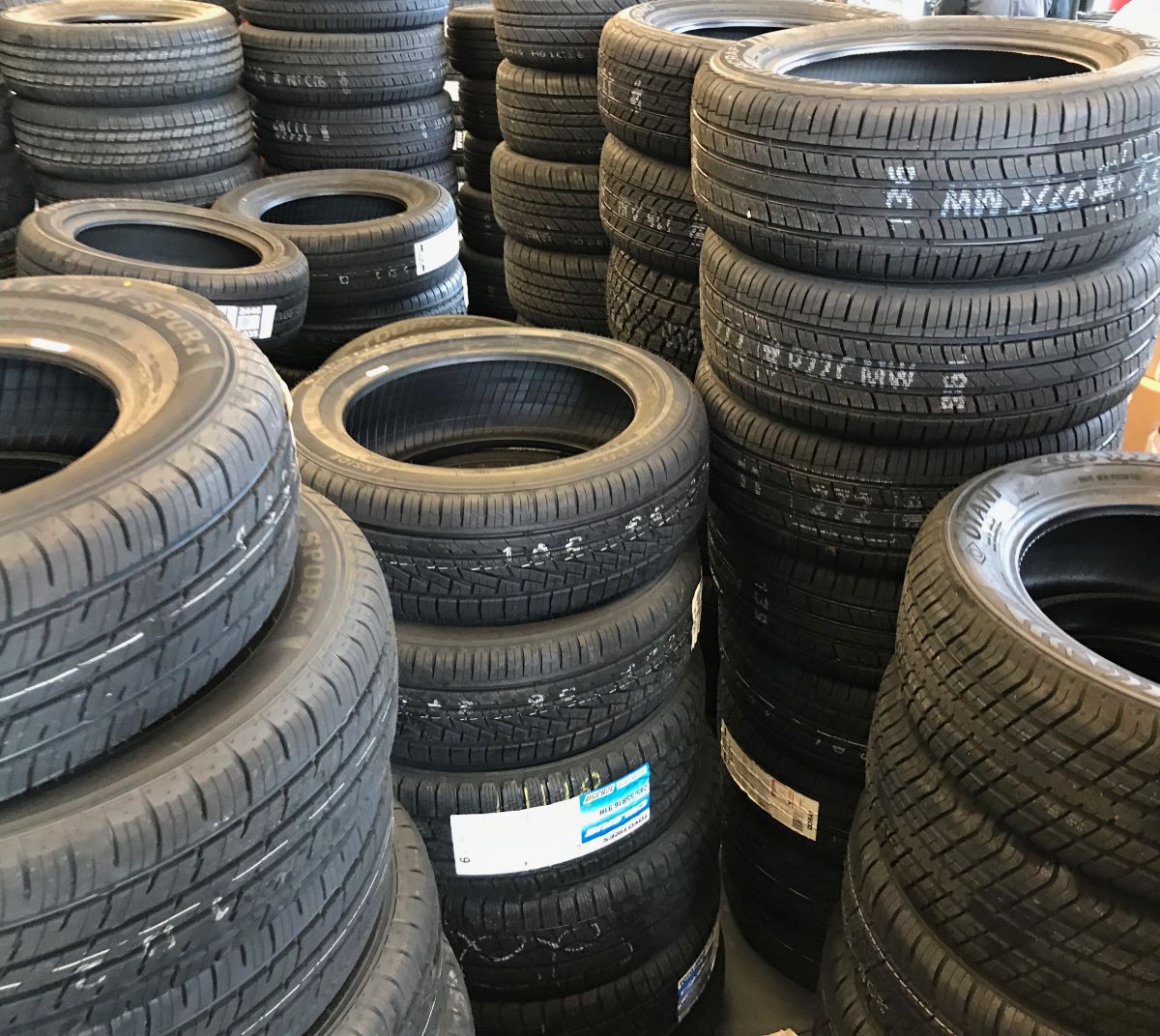
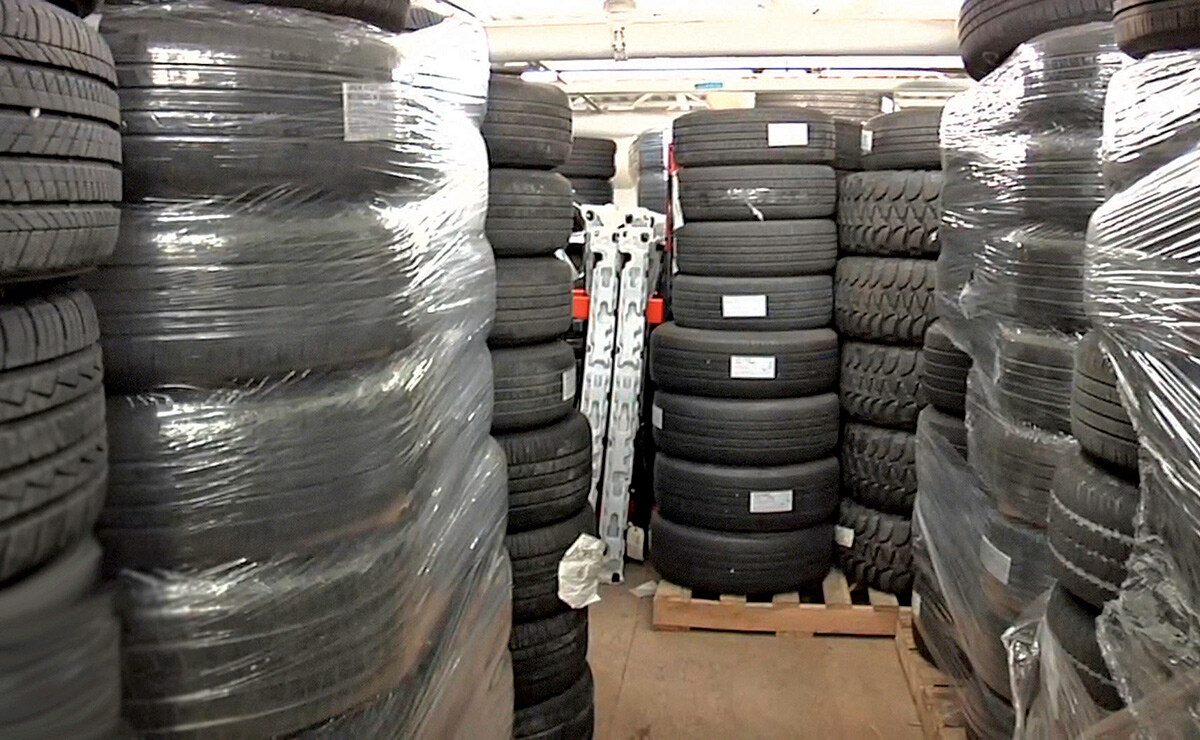
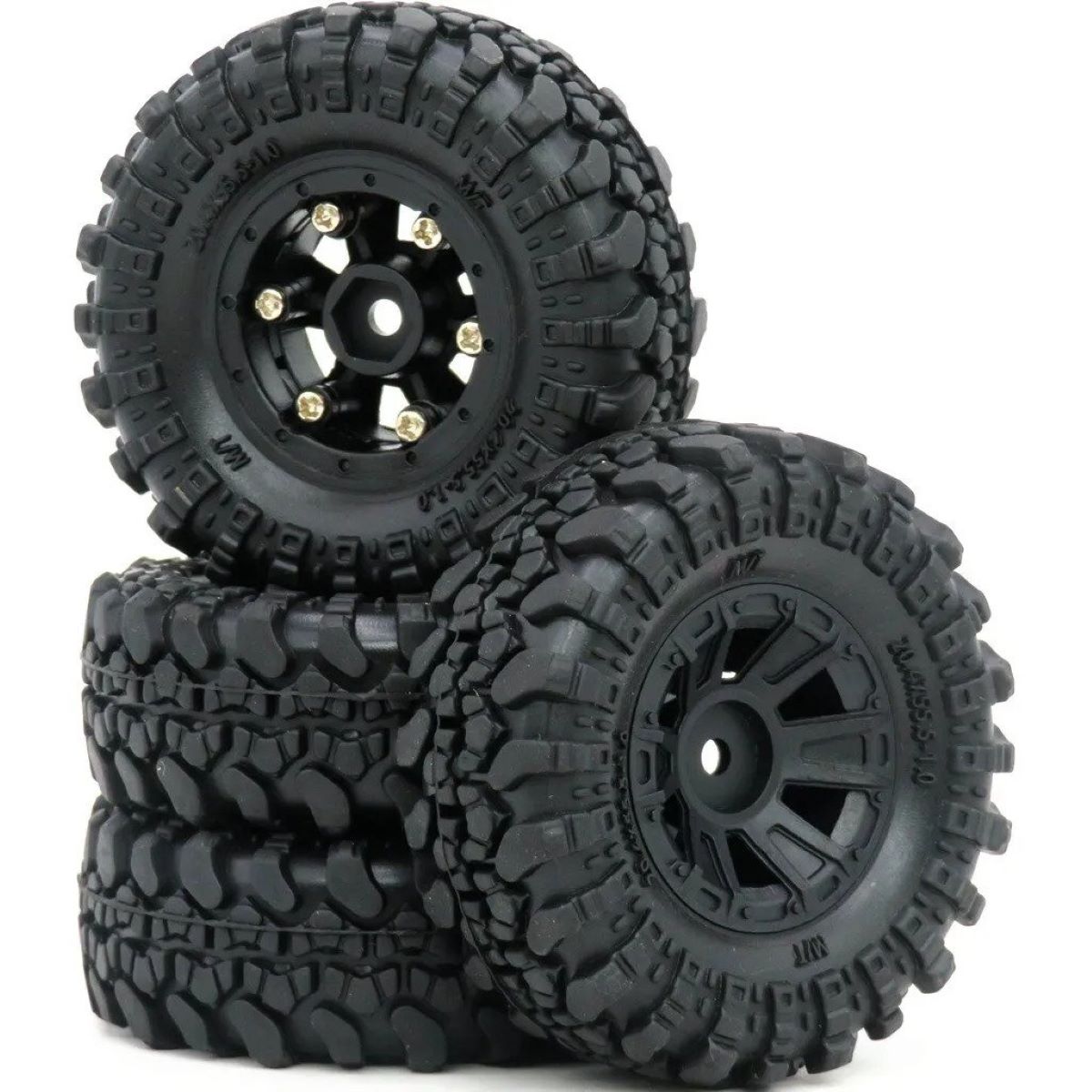
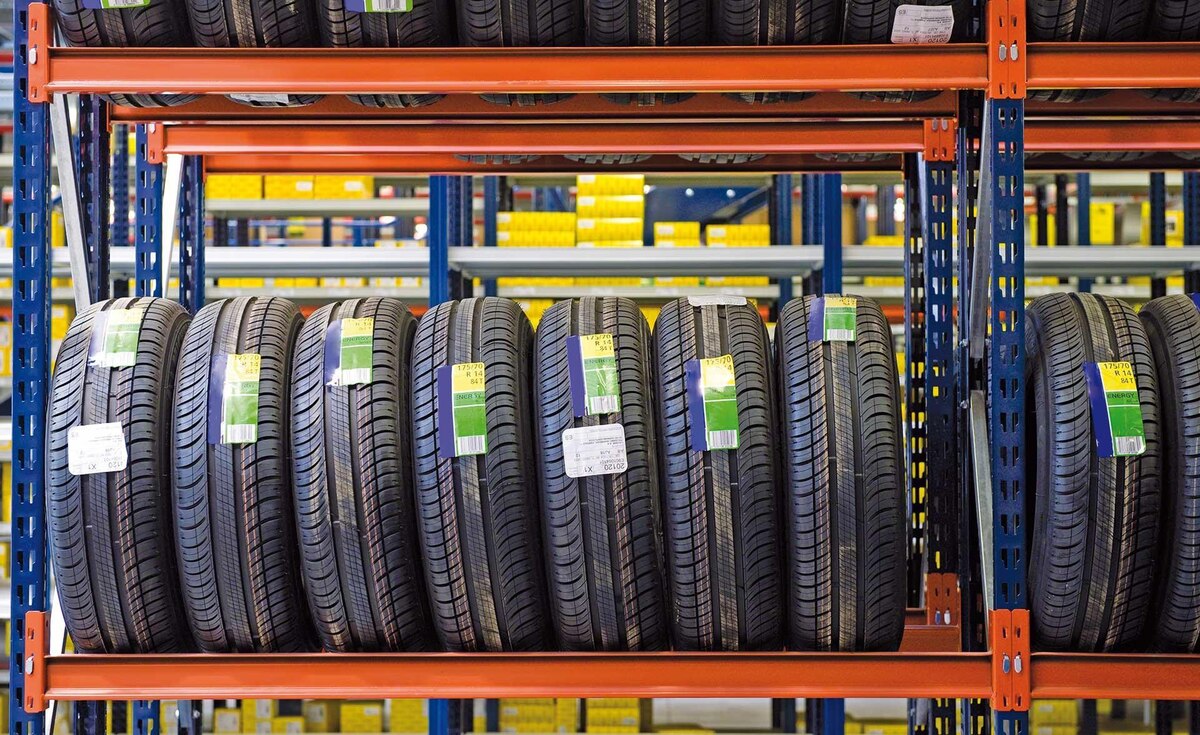
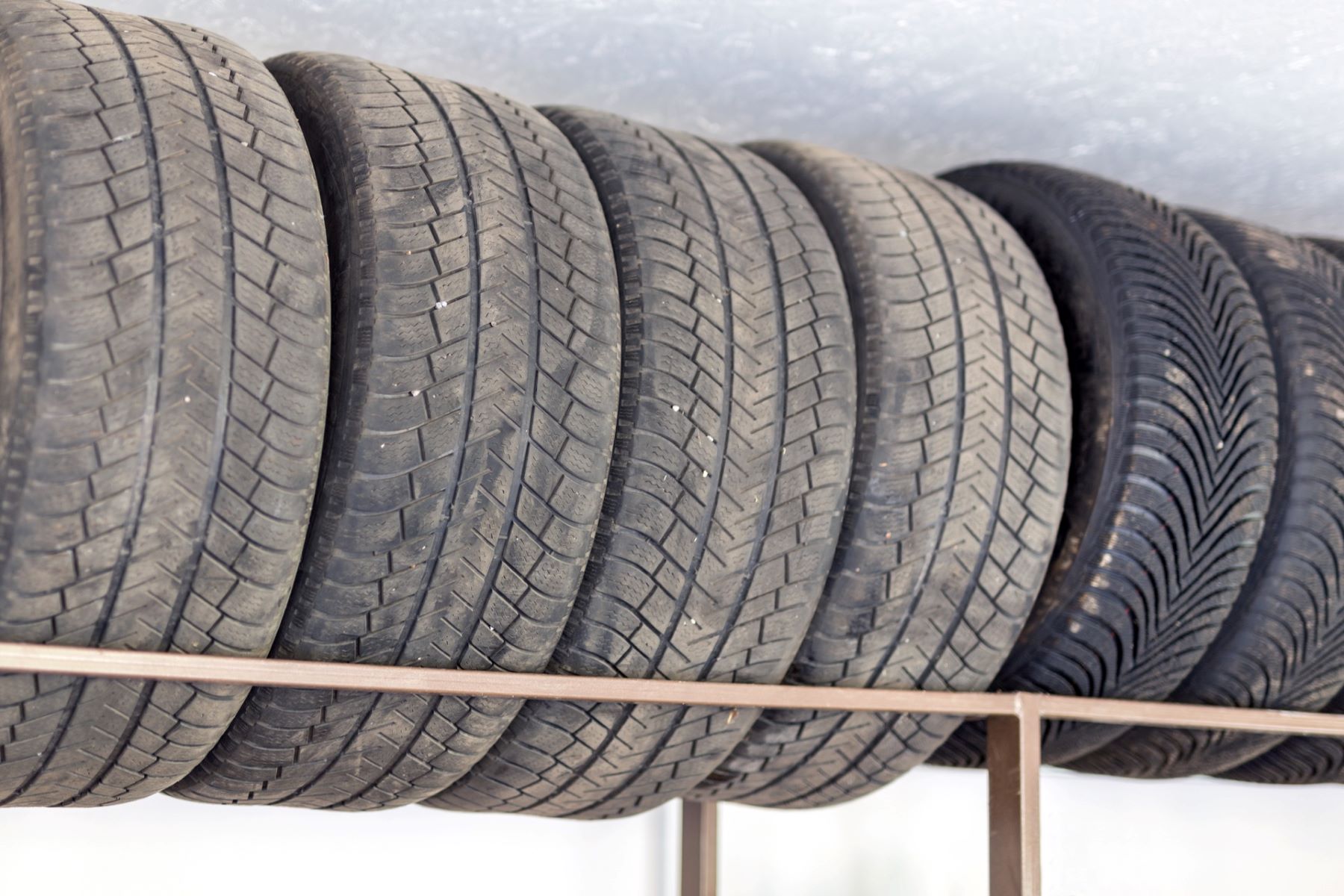


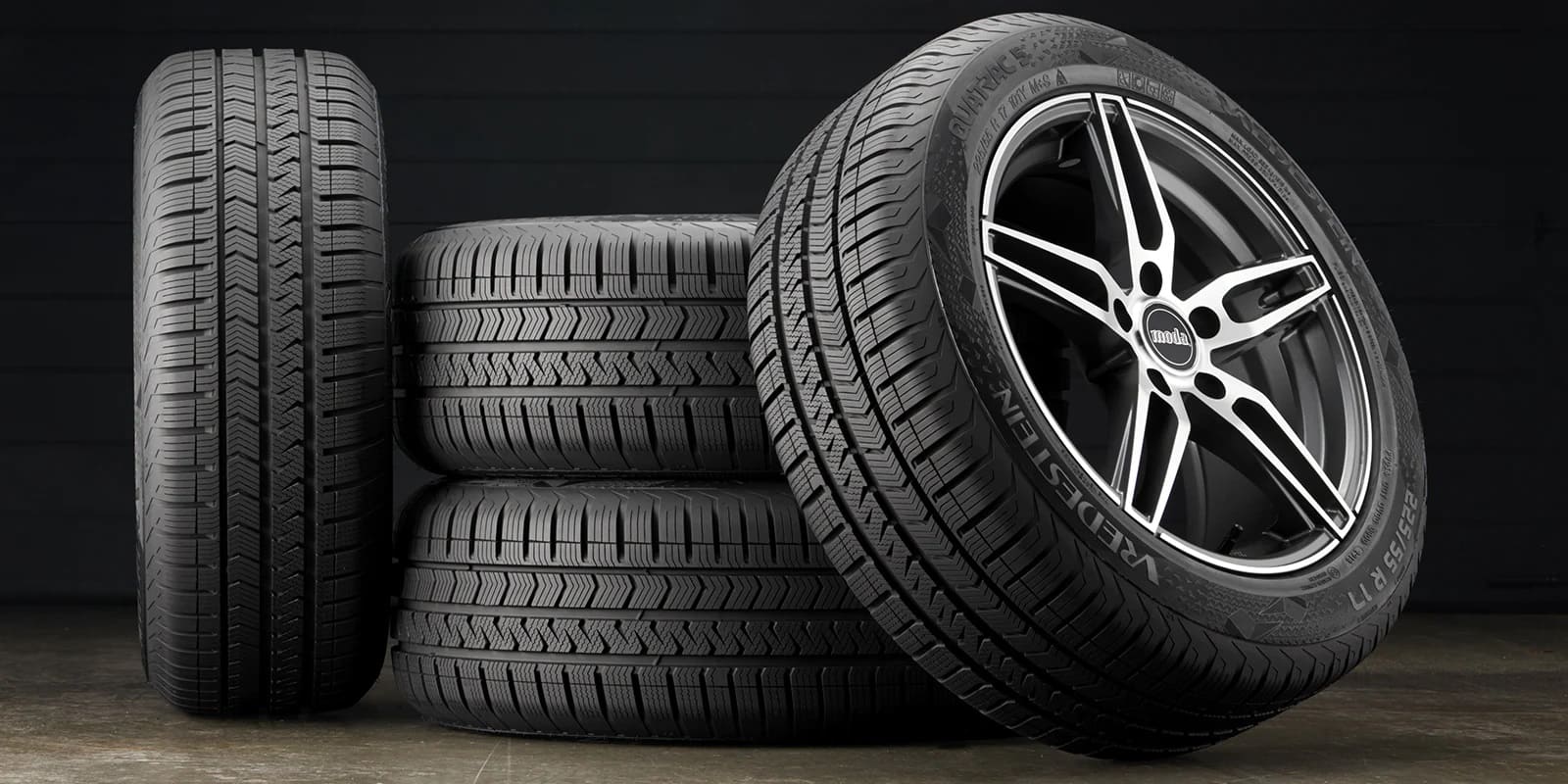
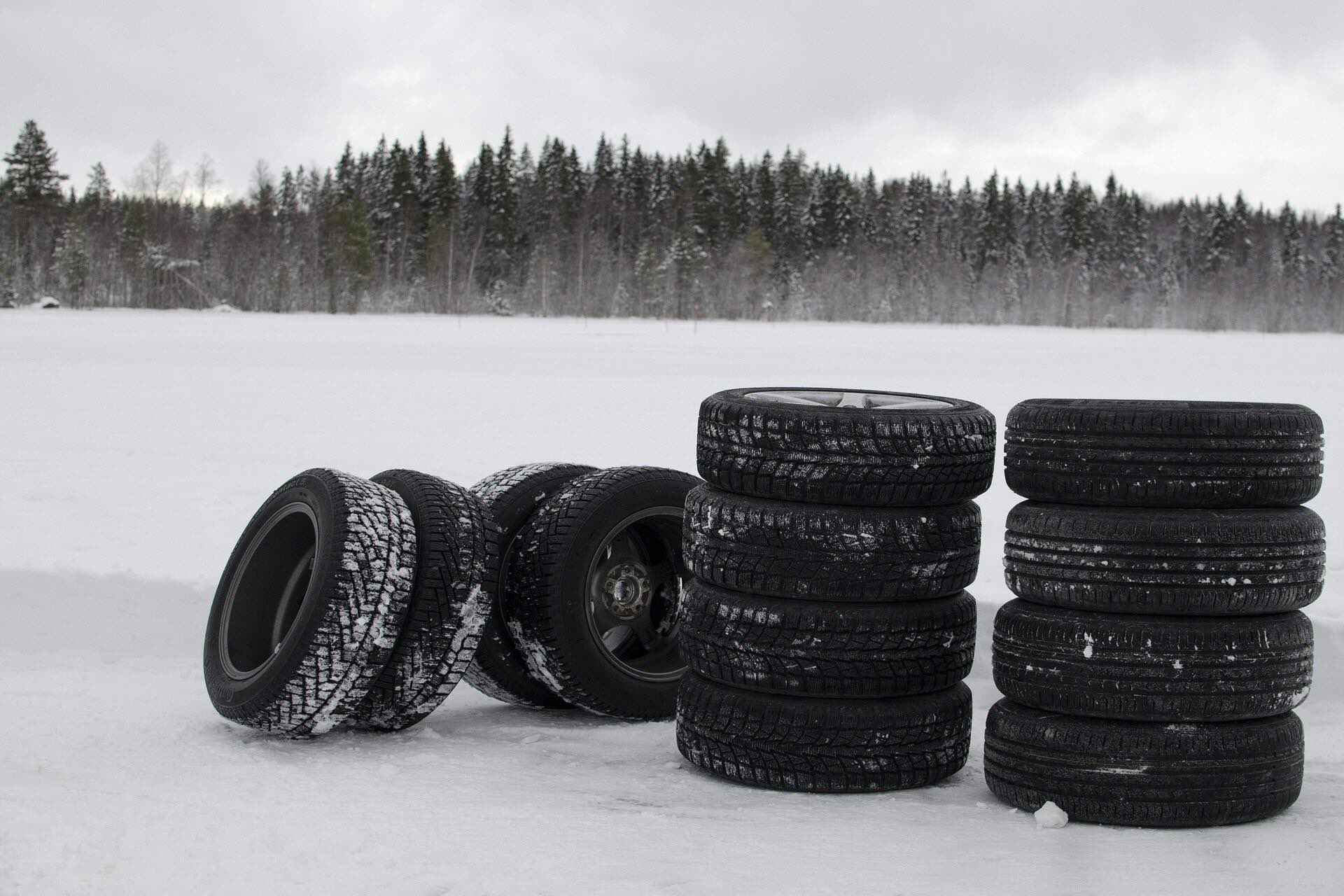
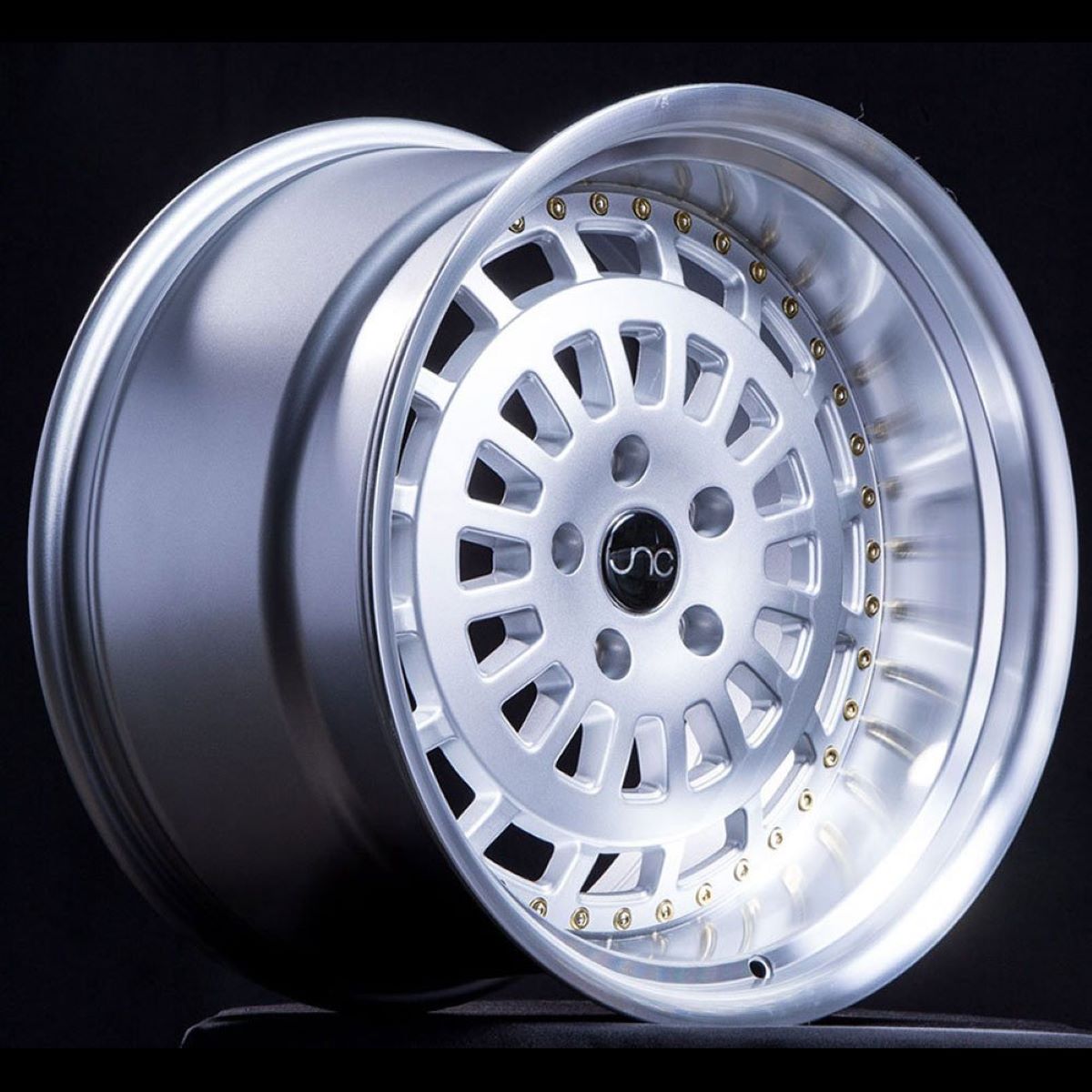
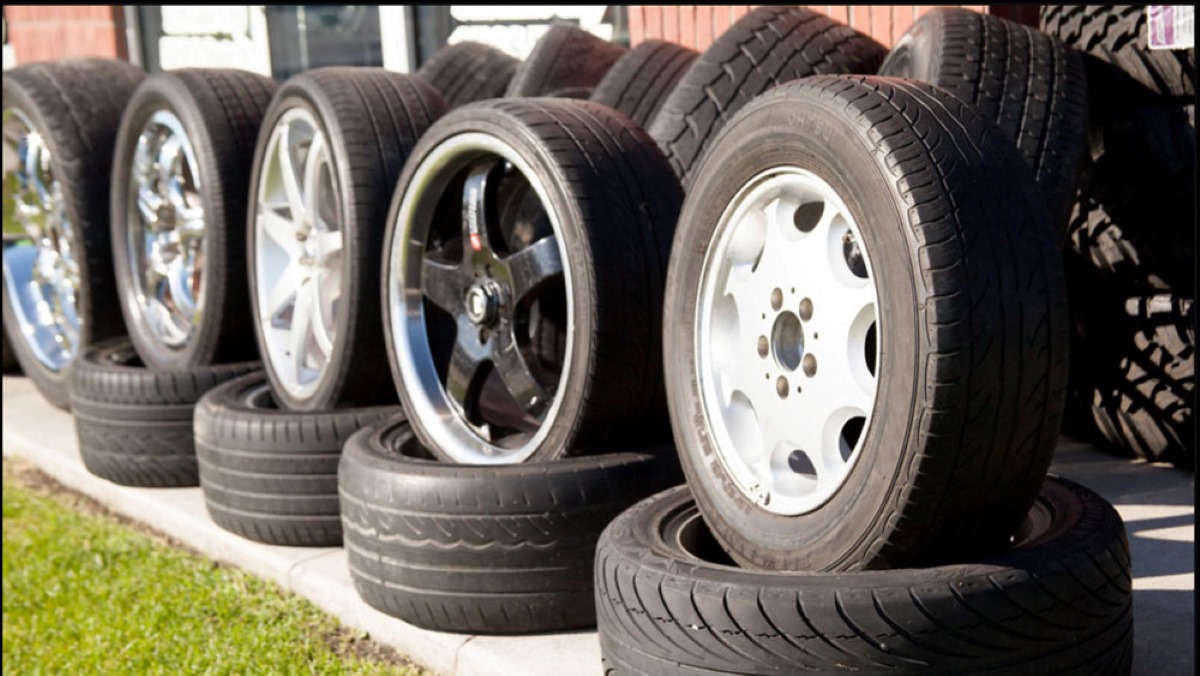
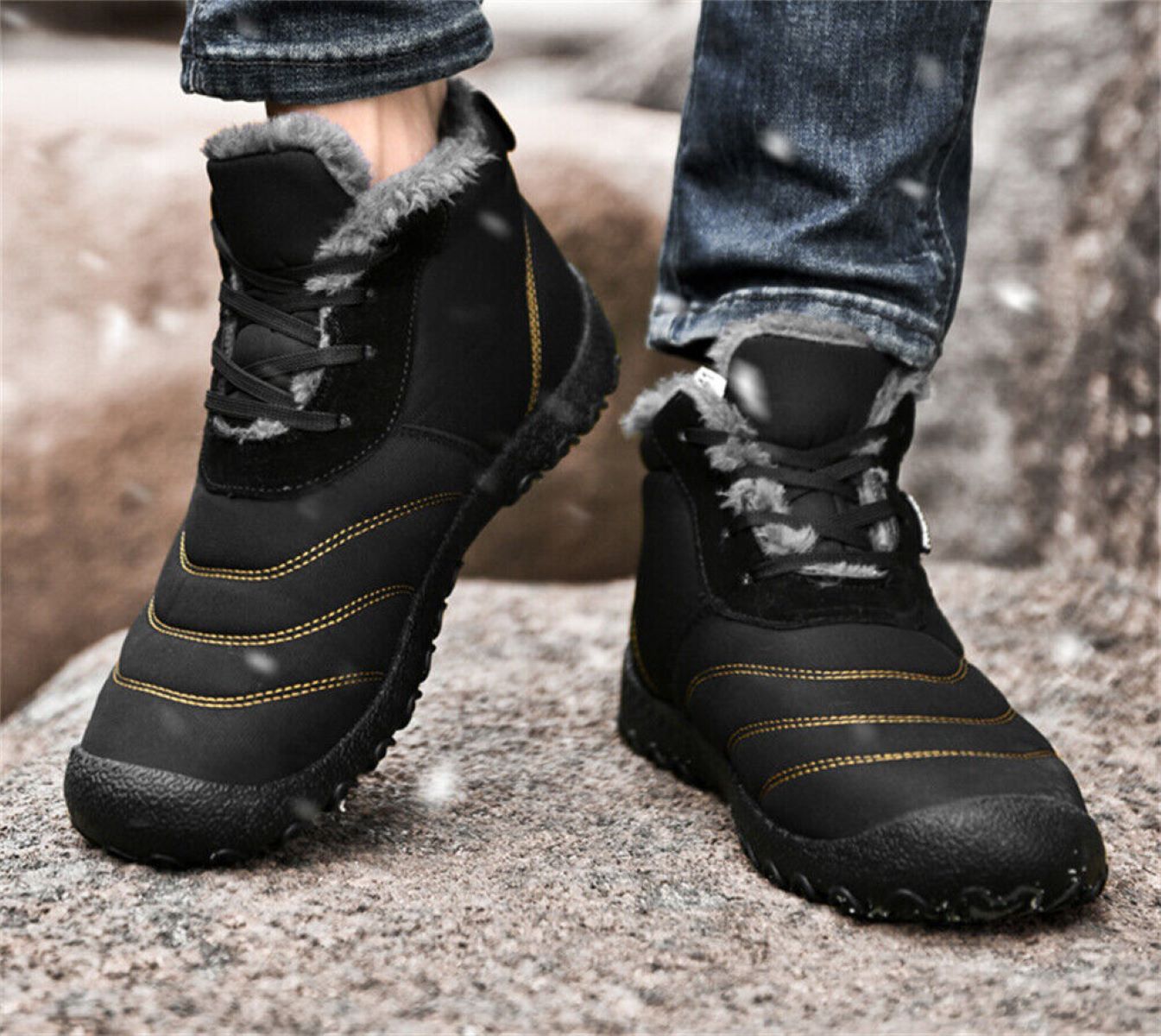

0 thoughts on “How To Store Winter Tires”